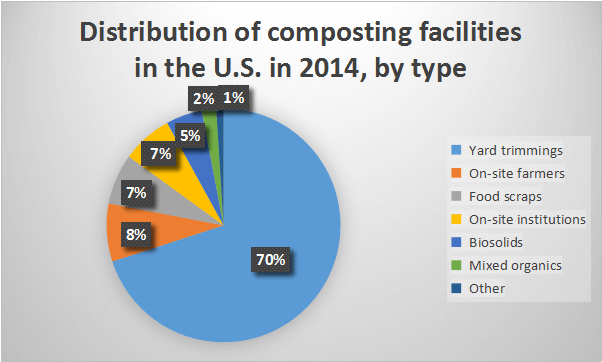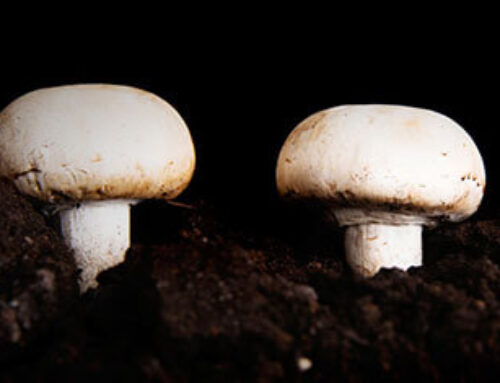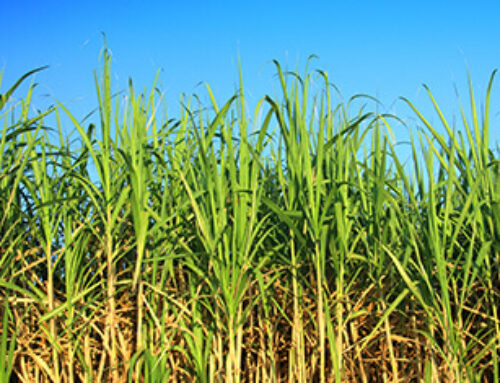For centuries, humans have known the value of good soil. Improving soil health is key to long-term, sustainable agricultural production. Compost is the dark, crumbly, earthy-smelling material produced by the natural decomposition of organic materials. It is a valuable soil conditioner. Compost builds good soil structure; enables the soil to retain nutrients, water and air. The economic power of the United States is matched by no other country around the world, which leads to its biggest advantages in developing technologies in any field, let alone compost industry. That is the reason why our Compost Turner Machinery is essential to making a detailed analysis of the organic compost industry in the U.S.
The Growing Waste Management Problem Adds to the Urgency for Americans to Compost
It is indicated that the United States generates more than 12 billion tons of waste each year from all sources, including agricultural waste, food wastes, and food processing residues, municipal waste, nuclear wastes, incinerator ash, cement kiln ash, and other types of wastes. The need for a practical method for refuse disposal relatively free from inherent public health hazards and yet capable of keeping pace with the economic and other problems engendered by a rapidly growing urban population is becoming increasingly urgent in the United States. Composting these organic wastes and using them for soil conditioners and fertilizers represents such a possibility.

Composting is a method that recycles organic matters into fertilizer and soil amendment. A lot of problems that are generated by poorly-controlled landfills will decrease by composting. What’s more, recycling organics for compost creates a useful product, something that gardeners, farmers, and landscapers will be able to use in order to grow things. Composting is both environmentally and economically beneficial because it is a key to organic farming. With the growing popularity of organically-grown food, turning organic waste into compost would seem to be a win/win for everyone concerned.
The government is promoting the transformation of municipal organic waste into farming composts. Moreover, it creates job opportunities for unskilled workers with better working conditions and health care.
Simply states, that the role of composting in waste management is to be a productive option for the treatment and disposal of biodegradable waste. Recycling and composting are great ways to keep what’s going in the garbage to a minimum. Composting is gaining in popularity in the United States.
Compost Past and Present in the United States
The practice of composting has been in use for millennia. For decades, farmers, greenhouse operators, nursery crop managers, landscapers, and backyard and organic gardeners have been making small compost heaps informally. Only in the past few centuries, the popularity has seen a few fluctuations, while composting is still practiced on a backyard or small-farm scale.
In the last century, there have been a few notable developments, including much more research on composting. During the past few decades, composting has become a sophisticated and somewhat well-researched science. Over time, as the scope and scale of composting increased with the amounts and types of waste products handled, innovative methods were devised to speed or ease the process. Along with it came the creation of large-scale compost facilities that can handle huge quantities of organic waste and produce compost on a scale necessary to support the level of agriculture needed by our burgeoning population. It is estimated that from 1989 to 1994, composting facilities have increased from 2,200 to almost 3,500 in the united states.
More and more often, it is now carried out on a large scale as part of local municipal waste management programs. On a municipal level, composting operations usually require sophisticated machinery (such as commercial compost turners) and engineering.
The present situation of compost in the U.S.:
composting is now seen as contributing to sustainable waste management and also to job creation and income generation. In the past few years, municipal food composting programs spread across North America and Europe. It’s a national trend. Larger cities in North America—including San Francisco, Seattle, San Antonio, Toronto and Portland, OR—are moving rapidly ahead. There are over 150 communities throughout the United States that are collecting organics curbside in 2013.
San Francisco’s composting program began with restaurants and other businesses. It has an urban curbside compost collection program and provides bins for every property in the city to collect yard trimmings and food scraps from restaurants and homes. The materials are brought to a facility and turned into organic matter that is redistributed as fertilizer to local farmers.
Some neighborhoods in California have a recovery rate of 90 percent, while the city as a whole hope to achieve zero waste by 2020; Further north, Seattle aims to increase its recycling rate from 56.2% to 70% by 2022.

In a recent report from the Institute for Local Self-Reliance, state officials across the US were asked to tally the number of composting facilities in their state by volume of processing capacity. Thirty-one states responded with the following processing amount per year:
2,354 facilities (in those 31 states) are composting less than 5,000 tons/year.
713 facilities are composting in the range from 5,000 to 20,000 tons/year.
218 facilities are composting more than 20,000 tons/year.
Corresponding to the plentiful compostable organic materials around us – sewage sludge of water treatment plants, municipal waste, organic fraction of municipal waste, plant waste, cattle waste, food, and agriculture industry waste, there are various types of composting facilities for processing materials:
Distribution of composting facilities in the U.S. in 2014
Reasons for the Development of Organic Compost Industry in the U.S.
In recent times composting has again become an interesting option due to:
Americans have higher compost consciousness and environmental consciousness: The importance of composting has grown in the public consciousness in recent years. As composting can be done on virtually any scale, on an individual level, Americans compost wastes in households into fertile soil for new growth. Small-scale backyard composting is popular in households.
Not only is backyard composting popular, but community-based composting has also become a nationwide initiative that has taken storm in so many communities across the United States. In cities like Seattle and Washington D.C., composting is as normal as breathing air. This compost consciousness can serve us in personal and planetary transformation.
Government/state policies: At the state level, the policies include some important categories on composting, for example, state composting infrastructure development policies, state compost usage encouragement policies, and statewide economic incentive policies. The City of Austin officially recognizes the benefits of a decentralized composting infrastructure which will help the city achieve its Zero Waste goals.

Rich research on composting promotes the development of the compost industry in the U.S.: with the good development of the markets of compost products, much independent research has been done on this subject. Our knowledge about the science of composting comes from research conducted during the past 50 years. Support from research and development projects demonstrates the newest best management practices from composting to a great extent, promoting the further development of the compost market in the United States.
Advanced composting equipment: in America, support from the development of advanced processes and composting machines, such as hydraulic compost windrow turner, that enables cost-effective removal of contaminants from organic waste, and high working efficiency in composting process. The advanced equipment makes turning the compost labor-intensive, especially in community composting.
Composting, as the sustainable transformation of potential wastes in organic fertilizers, tunes up with sustainable agriculture and must be optimized and encouraged.
Invest Opportunity of Compost Industry
Composting can be practiced at many levels — backyard, block, neighborhood, schoolyard, community and regional — and in urban, suburban and rural areas. The produced compost may be used for farming, landscaping, corn production, forage yield and quality, potato production, etc. The U.S. compost market represents an attractive, multi-billion dollar investment opportunity.
◆ A bright future: with these many benefits and its myriad of applications, from the traditional growing of plants to novel uses in stormwater management and climate change mitigation, the production and use of compost have a bright future indeed.
◆ Well-developed commercial structure, proven composting technology and processes and strong operator provide the best chance for developers/business owners/investors to access success in the compost market.

◆ Large-scale centralized facilities can serve wide geographic areas and divert significant quantities of organic materials from disposal facilities. When composting is small-scale and locally based, community participation and education can flourish.
◆ Large potential compost markets: the potential markets for American compost includes:
—Volume markets: reclamation, agriculture, nurseries, sod, turfgrass, vivic eorks projects, construction contractors, topsoil, landfill cover, biofiltering.
—Dollar markets: retail sales, golf courses, rainwater filters, greenhouses, home gardeners, landscapers, and lawn care companies.
◆ The last opportunity for investment is the strengthening of technical expertise within the national compost associations or affiliated organizations. Many countries do not have the expertise in composting technology or related research.
Conclusion:
The future of large-scale composting depends upon a number of factors. Some of the most important ones deal with site selection, sufficient capital to design and build the facility according to specifications, adherence to basic principles of engineering and biology, and management of liquid and gaseous discharges. Publicly and privately operated composting facilities need to compare the costs for building or improving their composting programs to the associated economic returns, i.e., the increased selling price for their product and other economic implications.
Finally, professionals must be involved in all aspects of the planning, design and construction of the composting facilities. We can provide a complete set of composting equipment, from particle size reducing, and screening to composting.







